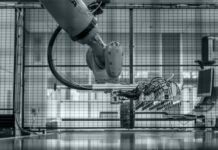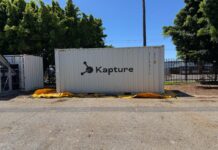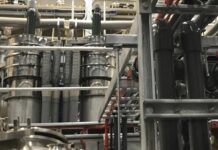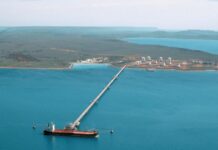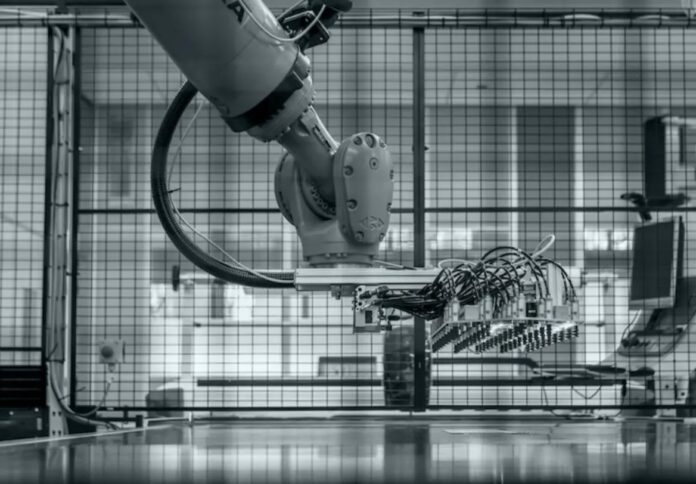
A fully independent lifecycle assessment (LCA) done by Sparc Technologies Limited has revealed an 18 to 21 per cent reduction in CO2 emissions through the use of ecosparc-enhanced coatings.
When compared to the identical non-graphene-added epoxy protective coatings, the results show that steel assets coated with ecosparc-enhanced high-performance coatings cut CO2 emissions related to maintaining steel assets by 18 to 21 per cent, the company said in an ASX announcement.
Results also show that using ecosparc products can also save considerable amounts of funds by reducing the cost of maintaining steel assets by 19 to 23 per cent.
“This LCA strongly supports Sparc’s journey towards improving sustainability and environmental outcomes for infrastructure owners in their supply chain, through the use of ecosparc, along with significant cost savings for our customers,” stated Dr Denis Wright, Sparc Technologies general manager of graphene materials.
Paul-Antoine Bontinck, Lifecycles Senior LCA Consultant, noted that the greenhouse gas emissions associated with the use of ecosparc® in coating products were assessed using lifecycles.
Bontick stated that according to findings, ecosparc shows considerable promise in terms of reducing infrastructure asset maintenance requirements and increasing asset longevity.
The ASX-listed company said the LCA clearly reveals that steel asset owners will gain not just from a quantifiable decrease in carbon emissions due to improved coatings, but also at a cheaper cost to the end-user.
Sparc Technologies’ concept of creating shared value through its product offering is based on this. Users of ecosparc coatings will not only decrease their environmental impact, but they will also save money.
By utilising the Carbon Footprint (CFP) methodology, leading sustainability consultant Lifecycles, based in Melbourne, Australia, carried out the LCA in accordance with international standards.
CFP entails assessing all of a product’s environmental benefits and drawbacks, from development through disposal.
In order to prevent the transfer of effects between phases and to provide insights for reducing GHG emissions throughout the whole product life cycle, this includes analysing the greenhouse gas (GHG) emissions at each phase of the life cycle.
Sparc Technologies said it is now evaluating its entire testing suite. Once completed, it is expected that ecosparc’s anti-corrosive qualities will be greatly improved, resulting in additional cost and carbon emission reductions.


